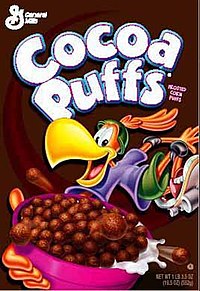- Messages
- 1,079
- Location
- Mt Barker South Australia
While substrate is mentioned in many threads there hasn't been a dedicated thread since 2012.
Things can change in all animal husbandry, so rather than revive the old one , I thought I'd start a new dedicated thread and incorporate a poll.
Indicate the components you use on the poll, but in the comments it would be great if you could include details of which specific group/genus/species/stage of tarantula you are tailoring to.
Please include as many details as you can about both the substrate and tarantula catered for.
I hope this will become a valuable resource for anyone setting up a new enclosure.
Things can change in all animal husbandry, so rather than revive the old one , I thought I'd start a new dedicated thread and incorporate a poll.
Indicate the components you use on the poll, but in the comments it would be great if you could include details of which specific group/genus/species/stage of tarantula you are tailoring to.
Please include as many details as you can about both the substrate and tarantula catered for.
I hope this will become a valuable resource for anyone setting up a new enclosure.
